 Whether you are a seasoned workout veteran or the new face in the gym, there’s no denying that lower-leg pain can be a huge deterrent for exercise (and day-to-day life, for that matter). Some pains are dictated by the range of motion in the ankle. Due to several factors including previous injuries and wear and tear, physiological problems from the various shoes people wear, and the types of exercises people punish their bodies with, we see individuals every day who have a hard time performing some of the more basic exercises such as squats and deadlifting.
Whether you are a seasoned workout veteran or the new face in the gym, there’s no denying that lower-leg pain can be a huge deterrent for exercise (and day-to-day life, for that matter). Some pains are dictated by the range of motion in the ankle. Due to several factors including previous injuries and wear and tear, physiological problems from the various shoes people wear, and the types of exercises people punish their bodies with, we see individuals every day who have a hard time performing some of the more basic exercises such as squats and deadlifting.
To hopefully achieve a better, safer exercise with less pain, it’s helpful to incorporate ankle mobility warmups into your routine and to be conscious of testing and retesting range of motion to monitor your progress. Here I cover some tests that are useful for checking your ankle mobility and some warmup stretches to get you heading in the right direction.
Testing Ankle Mobility
For testing and retesting your ankle mobility, NIFS uses a test that is included in the Fundamental Capacity Screen simply referred to as the Ankle Clearing Screen. What we want to see is whether your ankle mobility is capable and safe to perform a specific movement pattern. If not, we need to strategize ways to improve ROM and decrease chances for injury.
Dr. John Rusin describes a test you can do at home in which you stand, facing a wall, with your foot four inches away from the edge of the wall. While keeping your heel on the ground, try to touch your knee to the wall. It’s not as easy as it might seem, but being able to touch your knee to the wall is a sign of a healthy, mobile ankle. If you can’t do it and you want to improve, we have some work to do!
Stretches for Ankle Mobility
There are many stretches for ankle mobility that can help boost your ability. Starting with a simple ankle stretch at the wall, begin by pressing against the wall, keeping your heels flat on the floor. The more your body gets used to this movement, the farther you will be able to move your feet back (as long as your feet are flat on the ground). Holding for several seconds on each side, try to do this stretch daily or as often as you like to help get the ball rolling.
A similar way to stretch the ankle would be a self-stretch from a half-kneeling position. This is a simple yet effective movement that improves your flexibility over time. While keeping your foot flat, rock forward until you feel a stretch, then return to the starting position. Move your foot farther away from your body or closer to your body for a couple nice change-ups to the routine.
Lastly, if you were interested only in the exercise aspect and can’t find time to stretch, you can still do a squat pattern. The TRX Deep Squat is a good beginner squat that will help reestablish ankle mobility and train your body to work through the entire squat range of motion. Even sitting in the squat position feels good and helps the body get used to the pattern. Without weight to affect the body positioning, you will find this to be lower impact and a great jump off into doing traditional squats with great form.
Get Help from NIFS
Ankle mobility is where everything in the whole kinetic chain starts. If you have poor ankle mobility, chances are you aren’t going to be able to do the squats or hip hinge patterns effectively, which our bodies need to get stronger. This ripple effect passes all the way to the upper half of the body.
If you want more information or would like help improving your ankle mobility, please reach out to NIFS and one of our Health Fitness Specialists will help guide you in the right direction. Fundamental Capacity Screens are complimentary. Check with a NIFS staff member to see whether this type of testing is right for you.
As always, muscleheads evolve and rejoice!
This blog was written by Thomas Livengood, NIFS Health Fitness Instructor and Personal Trainer. To read more about the other NIFS bloggers, click here.


 A diet that is balanced in its macronutrient distribution can help reduce the risk of disease and help with lasting weight loss. You might have heard of others tracking their “macros” and wondered if this is something that you need to do. So, why and how do you do this tracking?
A diet that is balanced in its macronutrient distribution can help reduce the risk of disease and help with lasting weight loss. You might have heard of others tracking their “macros” and wondered if this is something that you need to do. So, why and how do you do this tracking? We’ve all been there, right? You’ve chosen a new habit that you want to form: go to the gym four times a week, choose one day a week to grocery shop and meal prep, maybe start work on that side hustle you’ve been meaning to do for years. You’re all in, gung-ho for about five days, and before you know it, you’ve fallen back into the same routine as before. That bright flame that once was your motivation has faded into the background. Now what?
We’ve all been there, right? You’ve chosen a new habit that you want to form: go to the gym four times a week, choose one day a week to grocery shop and meal prep, maybe start work on that side hustle you’ve been meaning to do for years. You’re all in, gung-ho for about five days, and before you know it, you’ve fallen back into the same routine as before. That bright flame that once was your motivation has faded into the background. Now what?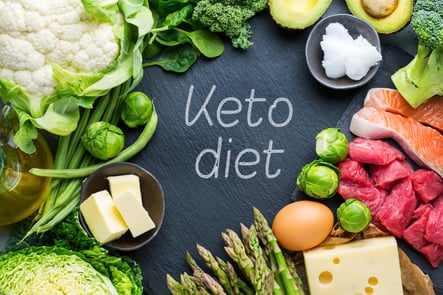 The “keto diet,” which is short for ketogenic diet, is a low-carbohydrate, high-fat diet that is similar to the
The “keto diet,” which is short for ketogenic diet, is a low-carbohydrate, high-fat diet that is similar to the 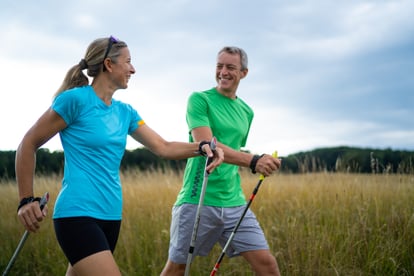 Unless you have been on Mars for the last four or five decades, you have heard, read, and seen the benefits of walking for health and fitness. There is no new hot take on walking; it’s always been a fantastic way to stay healthy and enjoy exercise.
Unless you have been on Mars for the last four or five decades, you have heard, read, and seen the benefits of walking for health and fitness. There is no new hot take on walking; it’s always been a fantastic way to stay healthy and enjoy exercise.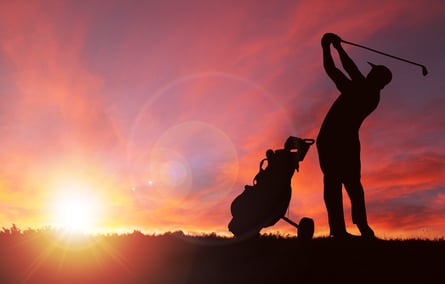 It’s finally that time of year again—time to hit the links and chase a little ball all over a well-manicured green space with the hopes of golf immortality. If you are like me, you have a love/hate relationship with the sport of golf, but I look forward to my weekly round with friends to take on challenging courses and ultimately myself.
It’s finally that time of year again—time to hit the links and chase a little ball all over a well-manicured green space with the hopes of golf immortality. If you are like me, you have a love/hate relationship with the sport of golf, but I look forward to my weekly round with friends to take on challenging courses and ultimately myself. Start your day off right by nailing breakfast with a healthy, nutrient-rich meal. Breakfast helps kickstart your metabolism and burn more calories throughout the day. Eating breakfast tells your body there are plenty of calories to be had throughout the day. When you skip breakfast, the message is clear: conserve calories rather than burn them. Those who skip breakfast may eat fewer calories but still tend to have higher BMI.
Start your day off right by nailing breakfast with a healthy, nutrient-rich meal. Breakfast helps kickstart your metabolism and burn more calories throughout the day. Eating breakfast tells your body there are plenty of calories to be had throughout the day. When you skip breakfast, the message is clear: conserve calories rather than burn them. Those who skip breakfast may eat fewer calories but still tend to have higher BMI.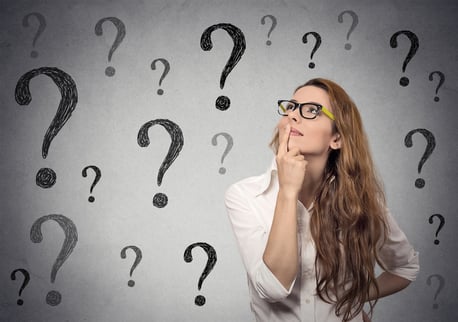 It’s the end of the day. There was a string of meetings to attend, a pile of emails to answer, an argumentative colleague to work with, maybe even kids yelling for pizza when you had chicken planned for dinner instead. By the time you get home, you’ve already made a plethora of decisions, from how to approach a problem at work to what shoes to wear on your way out the door. You told yourself you would exercise when you got home, but now the couch looks a lot more enticing. All those decisions you made have taken a biological toll on your motivation and self-control, whether you realize it or not.
It’s the end of the day. There was a string of meetings to attend, a pile of emails to answer, an argumentative colleague to work with, maybe even kids yelling for pizza when you had chicken planned for dinner instead. By the time you get home, you’ve already made a plethora of decisions, from how to approach a problem at work to what shoes to wear on your way out the door. You told yourself you would exercise when you got home, but now the couch looks a lot more enticing. All those decisions you made have taken a biological toll on your motivation and self-control, whether you realize it or not.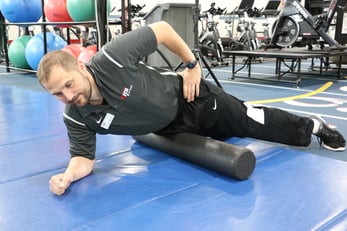 Most workout formulas include a warmup process. If hip mobility is a focus, your workout would benefit from a few additions to the routine. Foam rolling, which has been around for a while, is a great way to get blood circulating to the muscles and decrease soreness (if you worked them out prior). Spending a few minutes to roll out the trigger spots (areas of higher tenderness) will help you feel better, and you will be able to exercise on a more consistent basis.
Most workout formulas include a warmup process. If hip mobility is a focus, your workout would benefit from a few additions to the routine. Foam rolling, which has been around for a while, is a great way to get blood circulating to the muscles and decrease soreness (if you worked them out prior). Spending a few minutes to roll out the trigger spots (areas of higher tenderness) will help you feel better, and you will be able to exercise on a more consistent basis.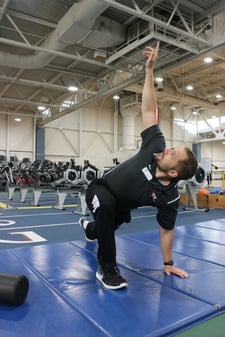 Second, I would suggest a dynamic movement stretch (rather than traditional static stretching) to help not only stretch the muscle, but also warm up the body for more movement. “The
Second, I would suggest a dynamic movement stretch (rather than traditional static stretching) to help not only stretch the muscle, but also warm up the body for more movement. “The 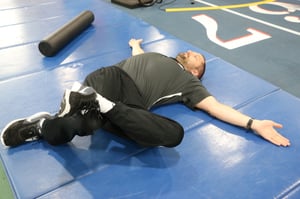 Finally, another great stretch to do is simply called a
Finally, another great stretch to do is simply called a  Consistency is arguably the most important component when working to accomplish goals, in or out of the gym. Without consistency, programs are unorganized, the body has a harder time adapting, and forming habits may be more challenging.
Consistency is arguably the most important component when working to accomplish goals, in or out of the gym. Without consistency, programs are unorganized, the body has a harder time adapting, and forming habits may be more challenging.